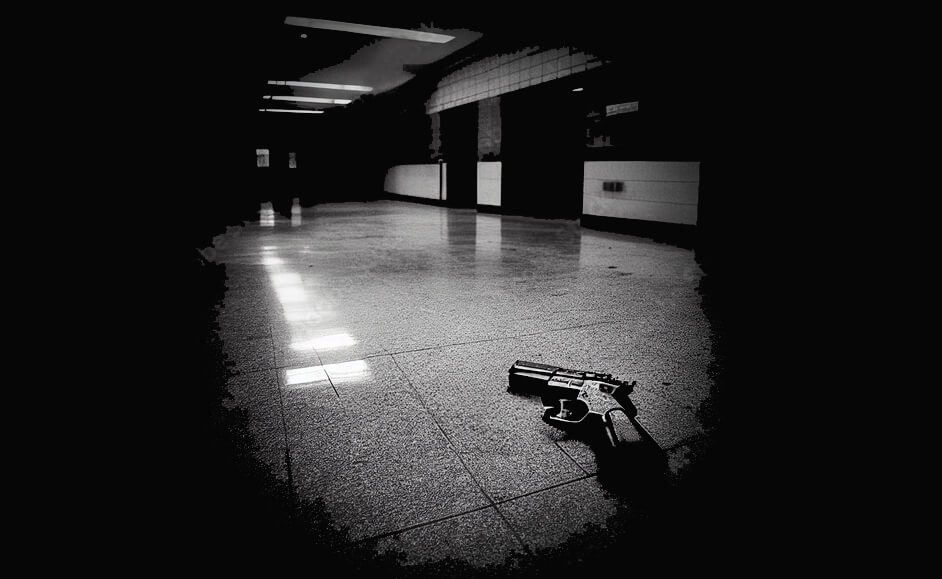Here’s a thought: I could die at work. Although the internet assures me school shootings are statistically rare, if you follow the news, they don’t feel rare. I’ve been in a classroom since 2017, and as time goes by, Columbine feels less like history and more like a recurring weekly nightmare.
Although my logical brain knows I’m more likely to die in a car crash than being shot at school, the emotional toll of living in such a violent world is exhausting. As the sight of tear stained faces, bunches of flowers, flickering candles and yellow caution tape stretched across yet another school has become ubiquitous, I feel no more prepared as the years have gone by in my teaching career to handle an active shooter either practically or emotionally.
The various hodgepodge of training I’ve received over the years have been ineffective. They’ve ranged from trite to hysterical, and they’ve all had this in common: they’re brief, vague, and don’t offer practical hands-on skills. They certainly don’t inquire about anyone’s thoughts or feelings. Of course this isn’t any one person’s fault – there isn’t a standard way to teach preparedness for school shootings – each district across the country is responsible for their own decision making process when it comes to selecting programs and training. We offer state testing, sure, but you’re hard pressed to find just one program that every educator has been trained in when it comes to school shootings.
A widely used program known as ALICE ( alert, lockdown, inform, counter, evacuate) is part of the “newer” phase of school training – instead of sheltering in place, ALICE combines a series of possible reactions/options (if you will) in order to prepare educators and students for emergency situations. Some ALICE training will simulate school shootings (this in of itself is highly controversial – too traumatizing? Too real?) However, none of the schools I’ve worked at have offered this training. None of the schools where I’ve worked have offered outside courses, or asked me either directly or indirectly what might be helpful.
Another program I found through a quick internet search is called “Stop the Bleed” which teaches people how to apply a tourniquet. A teacher friend in a district about twenty five minutes from mine mentioned she’d learned how to apply tourniquets this past year – clearly my school had decided, a few towns down, we didn’t need this training, too.
During our last faculty meeting, worn down by people’s rising nerves, our school resource officer stated plainly: “Run away from the sound of gunfire.” It was the most practical advice I’d ever received.
I have no experience with guns, physical combat, military training or triage. Research shows it’s uncommon for a school shooting to be stopped by a civilian – the incident usually ends in the suspect dying by suicide, fleeing, or being shot by the police. According to The New York Times, “….armed bystanders shooting attackers was not common in the data — 22 cases out of 433. In 10 of those, the “good guy” was a security guard or an off-duty police officer.”
With the epidemic of mass shootings increasing exponentially, not just in the United States but abroad, the situation feels overwhelming in its violence. I never predicted that when I became a teacher I would sit in my classroom and imagine jumping out the window – would it be worth the shattered bones to avoid being shot or killed?
Americans are uneasy with death. I don’t think the answer is telling people they could die – but being realistic and thorough could be a nice change of pace. Providing educators with options for multiple training along with real world skills they’re interested in learning could help battle the anxieties many of us experience. If there were nationwide standards for training, maybe we would be stronger, together. Maybe we would feel less terrified if every teacher had practiced escaping their buildings enough times so that it became routine. Maybe a shooter would feel less inclined to enter a building. Just maybe.
And if I could remove all the guns in the world, I would do that too.
Kelsey Sobel is a public high school teacher and former resident of Red Hook who now lives in New Hampshire with her two dogs & husband.










